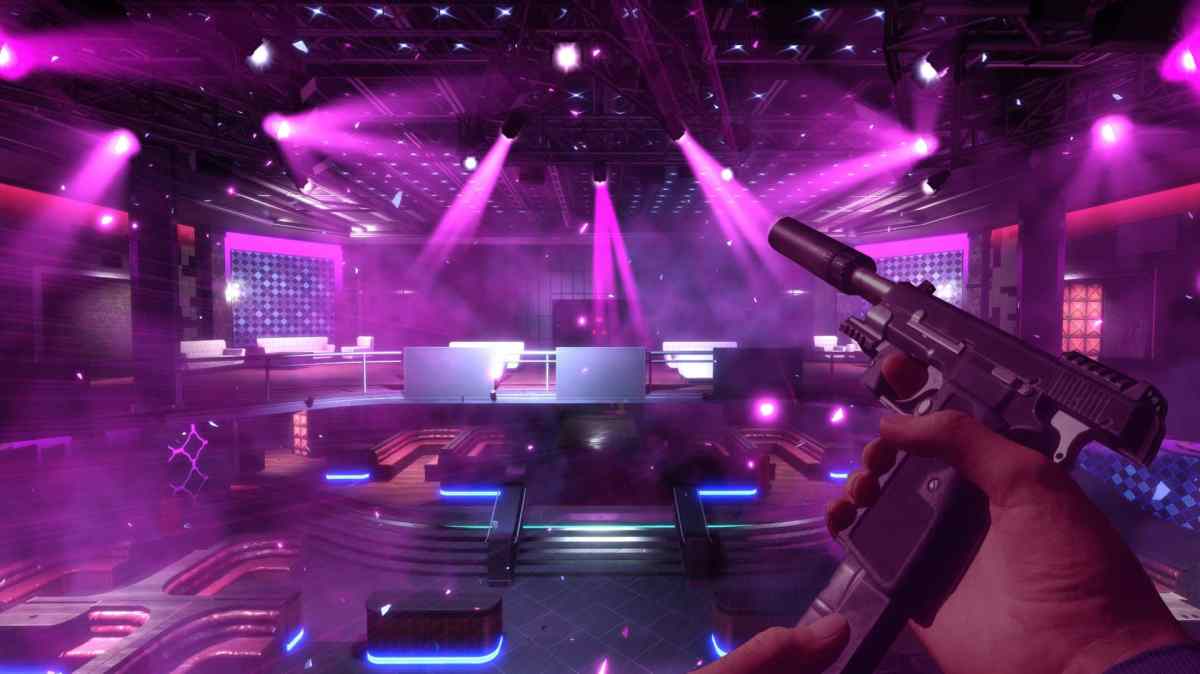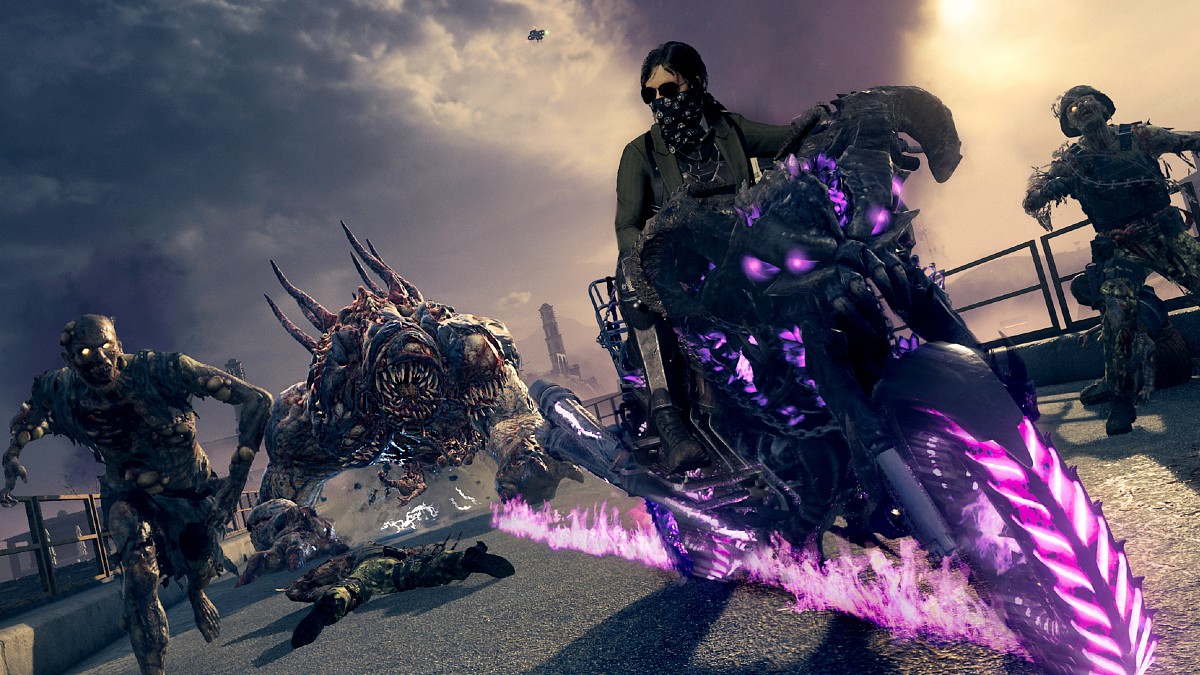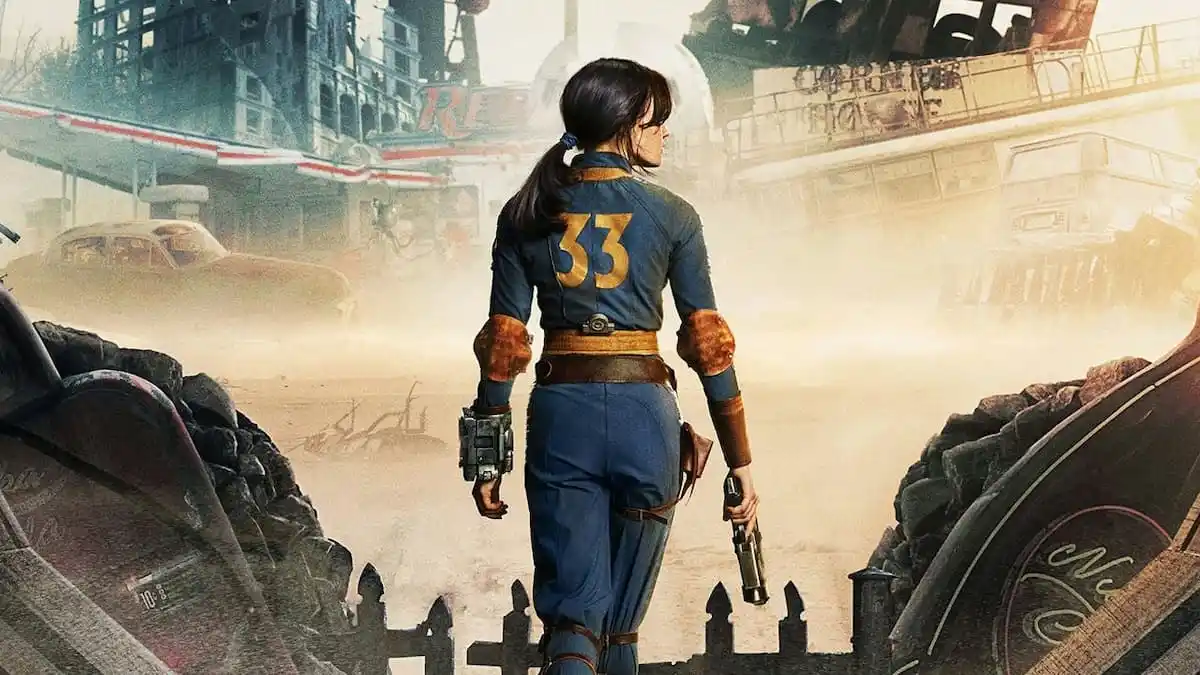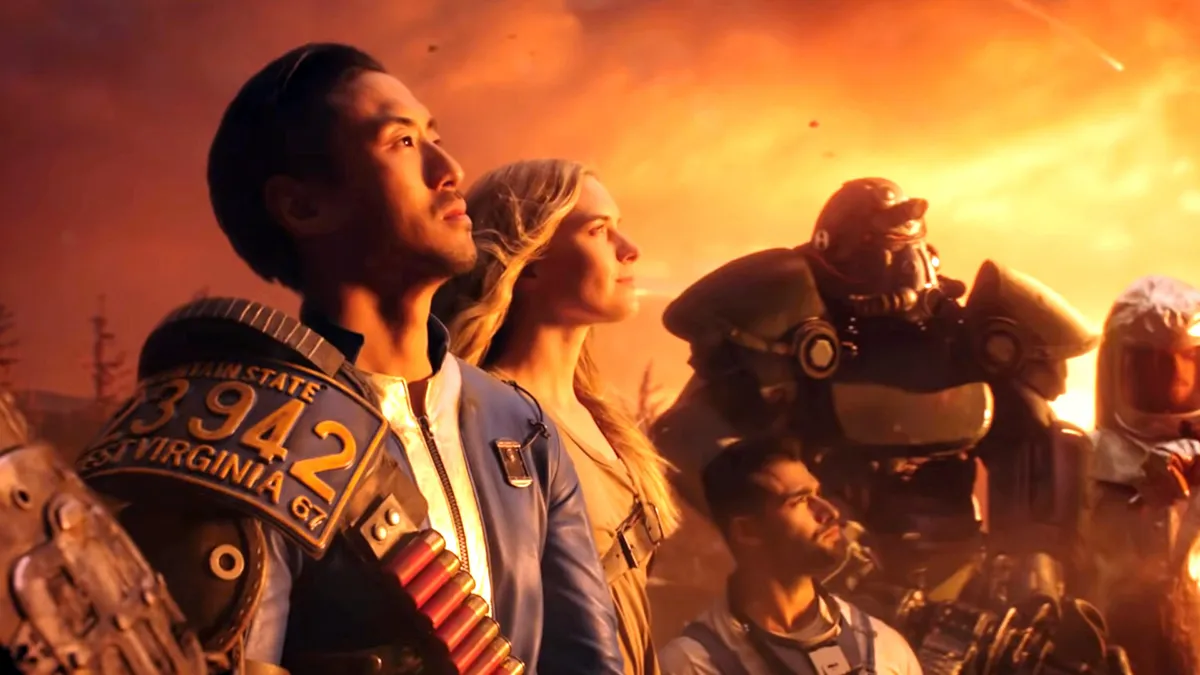It’s a given that video games are an illusion, but in few ways is this more obvious than with the actual speed of most games. Doomguy is darting at impossible speeds, but that can even be said of the soldiers in Call of Duty. The average action game can have you moving faster than a top Olympic sprinter on their best day, and it makes sense — pacing is everything in a great action adventure. With a typical game, you’re observing it as a viewer, no matter the camera perspective, so it’s easy to get swept up in it and not notice the blistering speed. That is — unless you’re playing in VR.
Virtual reality has opened the door for countless new immersive experiences. However, in bringing our entertainment that much closer to reality, it’s also spawned countless new challenges, especially motion sickness. Odds are high your body won’t like moving around at the speed of Captain Price, let alone someone like the Scout in Team Fortress 2. Our VR experiences are limited by what our bodies can comprehensively allow for, so how have VR games solved this? Simply put, by slowing the pace and embracing the intimacy of combat in VR games.
Take for instance Sony London’s Blood & Truth, a brisk, furious on-rails FPS with frantic shootouts around every corner. By their very nature, VR games incorporate the human element, whether that’s as simple as head tracking or as advanced as full body motion controls. It turns out reloading, aiming, and steadying weapons can be pretty challenging and involved all on their own. Even if you streamline some elements to be more like a console game, the inherent action around you becomes far more intimate and personal, which is the trick to Blood & Truth.
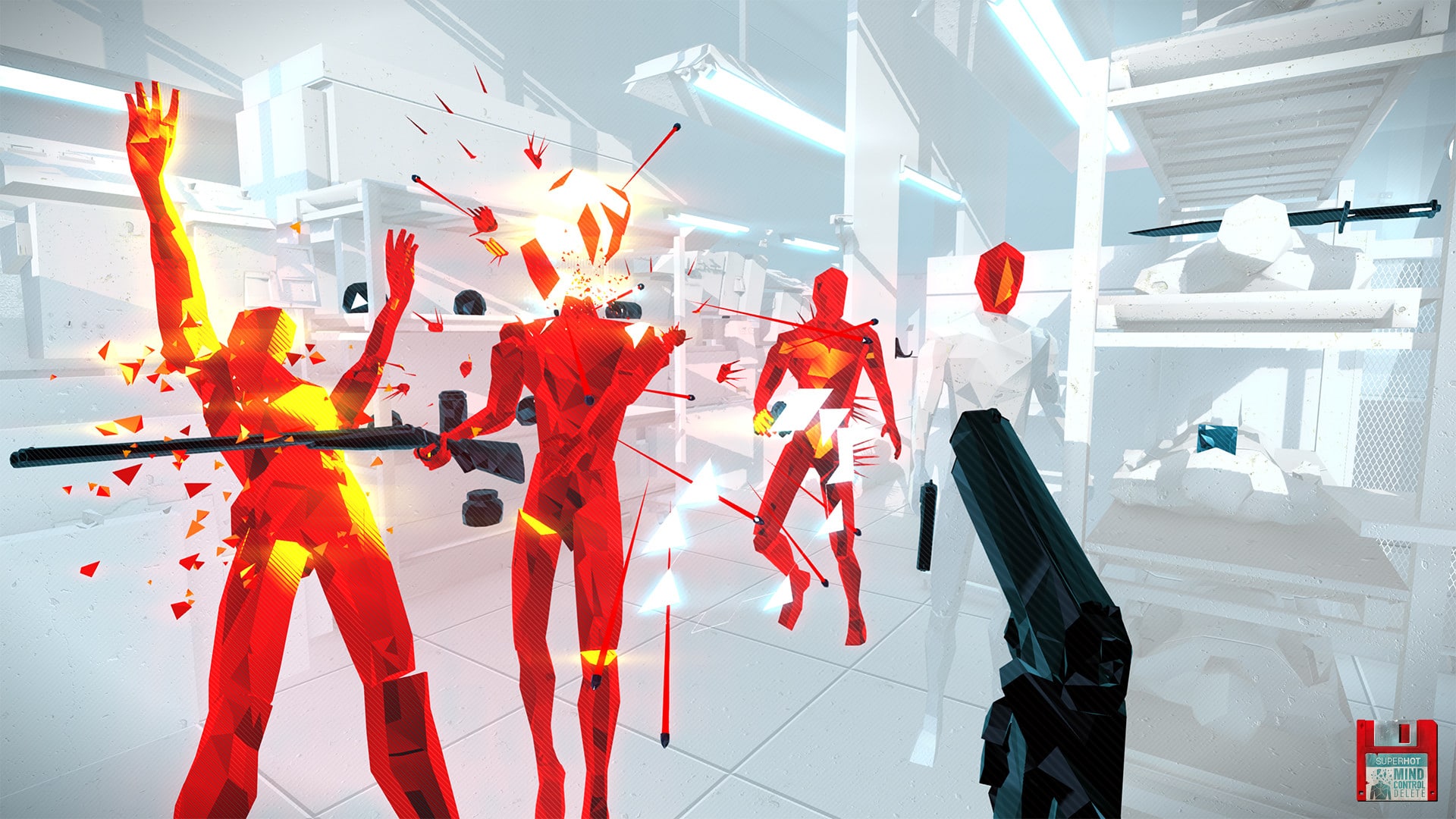
You don’t mow through thousands of enemies; instead, you typically face between two and five opponents in an apartment or down a hallway. A single step can be a meaningful moment in combat, deliberate yet instinctive. Your natural survival instincts kick in, and those tell you to not just charge head first into combat without concern for yourself. Suddenly you find yourself sidestepping, blind-firing, fighting to make every inch count. Minute decisions carry a weight where they once might’ve been a single button press.
Think about the sort of action games that naturally translate to VR without any overt gameplay changes: Star Wars: Squadrons, Resident Evil 7, Republique, Superhot. They’re all built around managing a limited set of resources, being tactical, and intimate combat encounters. While the appeal of a Battlefield VR game or a VR MMO is understandable, some of the best examples of our favorite genres are on the micro scale. Even non-combat-centric VR titles tend to take this approach, focusing on how you engage with your world rather than how quickly to blitz you through whatever journey you’re on.
It’s startling how vastly different this methodology is to our current flat games. Everything is about charging through, getting to the end or whatever parts we care about as quickly as possible, never stopping to smell the roses or fully explore the options available to us. While some like Gears 5 are trying to embrace a slower pace, that’s still often only for whatever story campaign is on offer. VR games typically emphasize this in every mode of play.
When I boot up Squadrons, I rarely obsess about dashing into the fray as quickly as possible, but rather on my positioning and approach vector. Am I coming at the map in a way that benefits me or my enemy? What’s my throttle set to? What’s the limit of my visual scanning from the cockpit viewport, and how do I ensure I don’t lose my target? All these questions are equally important across each of Squadrons’ modes, whether I’m fighting bots or humans.
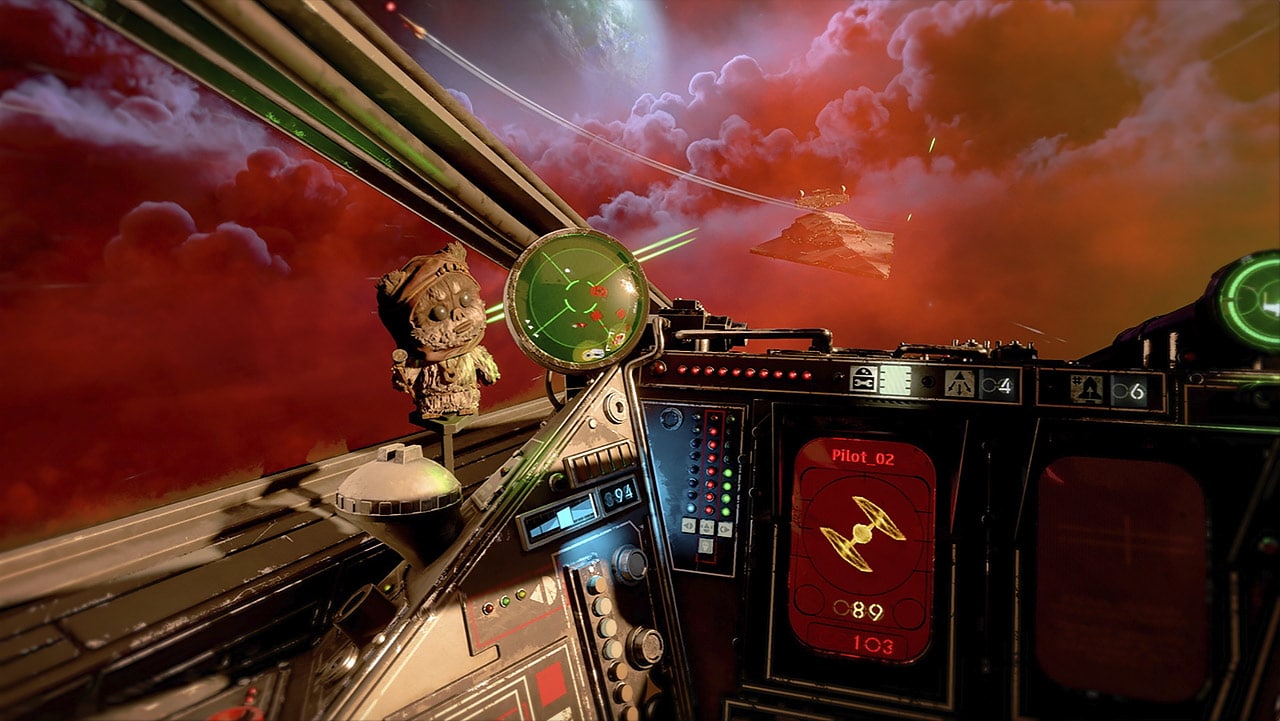
This is especially important to bear in mind as when VR games do try to emphasize more traditional, rapid-fire response time, they not only narrow their potential audience, but can misuse otherwise great gameplay. Going back to Blood & Truth, it has three sets of free DLC challenge missions to dive into after the main campaign. They are, for the most part, utterly infuriating, primarily due to their being built as if you’re playing Beat Saber or Pistol Whip, not Blood & Truth.
Fast-paced VR has to be as simple and intuitive as possible, or players will get caught up in just trying to register, let alone process, the stimuli thrown at them. You can absolutely practice and learn how to shoot to the beat of a hip hop song in Blood & Truth, but is that really why players picked up the gritty crime drama VR FPS? By contrast, Superhot VR is already based on a streamlined experience, with only a handful of actions and mechanics to worry about. While VR adds additional wrinkles, it’s so immediately comprehensible that you don’t struggle with it even though it’s technically easier to fail in Superhot than Blood & Truth.
As the library of VR games expands, I sincerely hope we see more developers embrace this move towards a more deliberate, controlled pace. Not only does it lead to more thoughtful encounter design, but it lets each game breathe. When you take away the constant tension of needing to rush to the latest task at hand, simply being in the moment, it lends a refreshing, downright humanizing air to whatever you’re doing, whether that’s flying a spaceship against intergalactic fascists or punking a British mobster’s arthouse with your brother for a laugh. And, I for one, am all for it.

